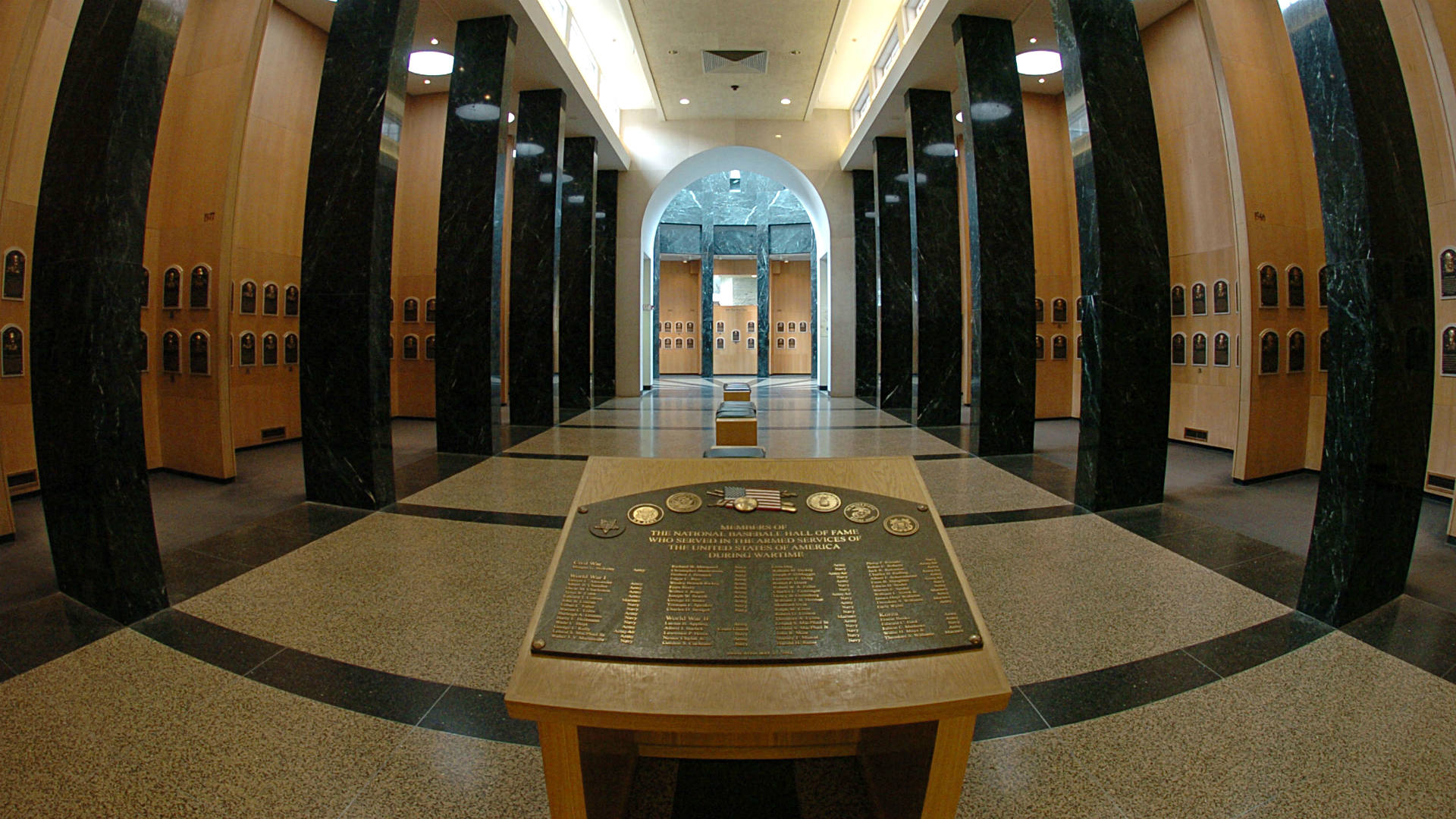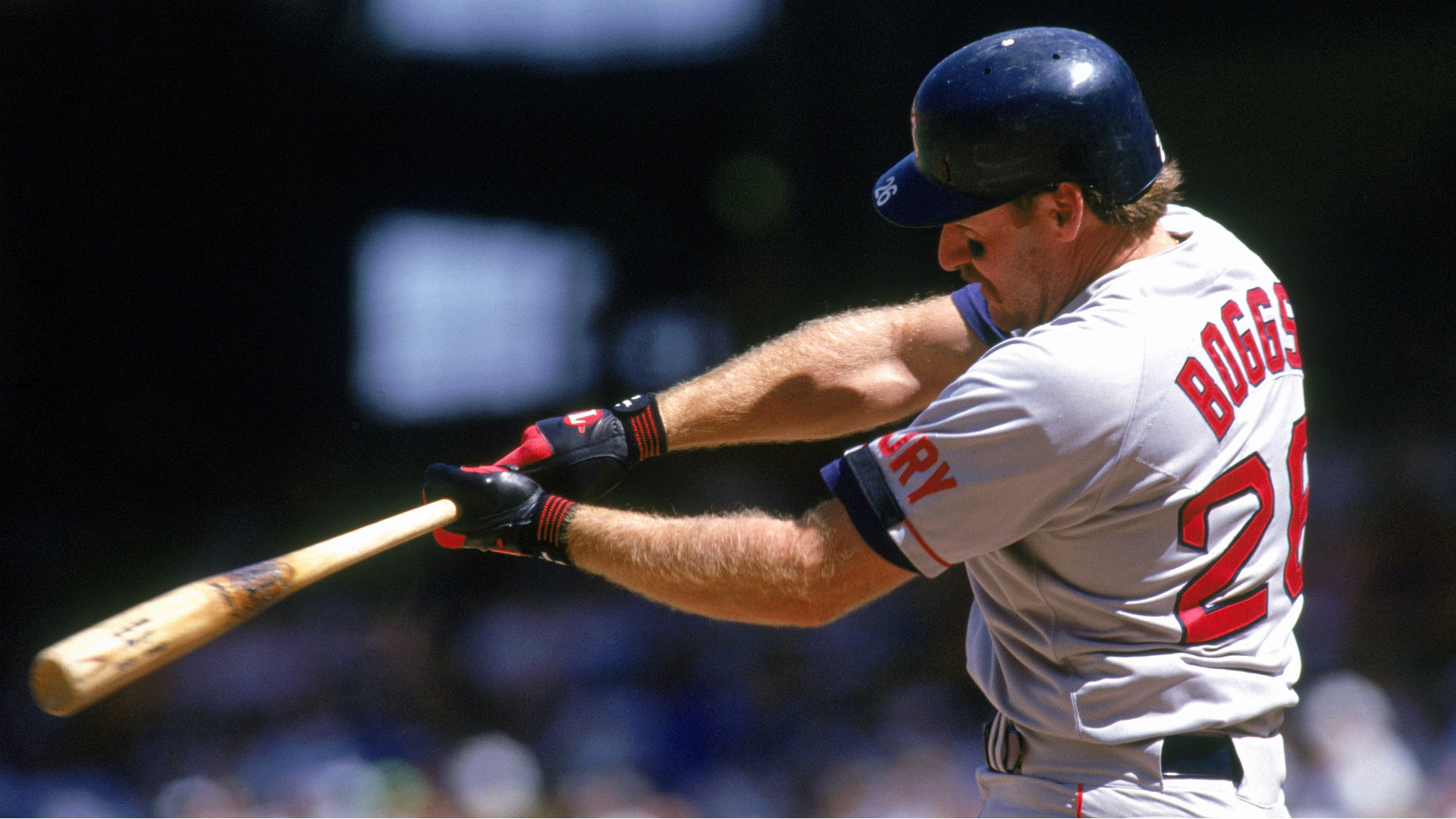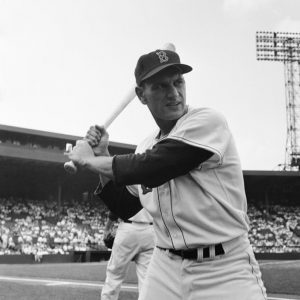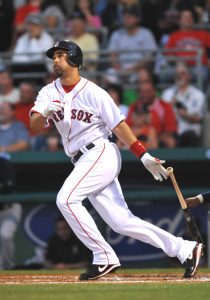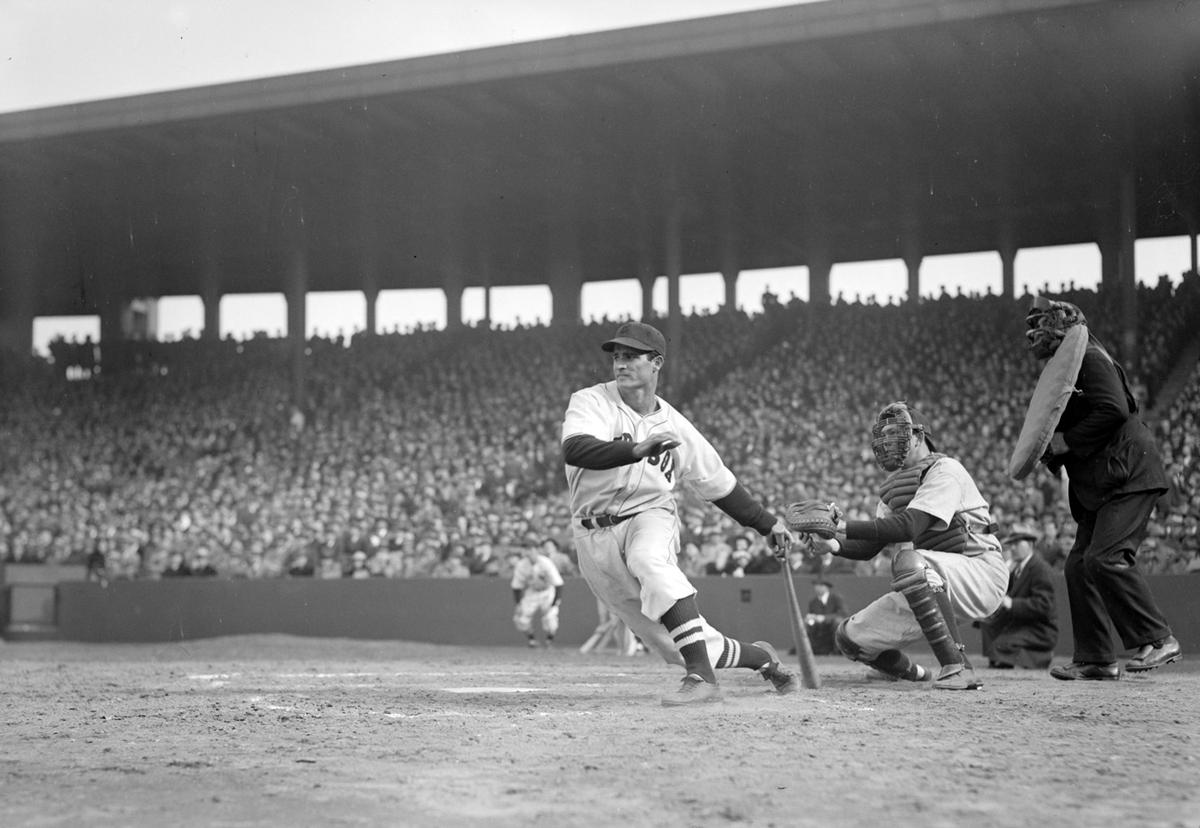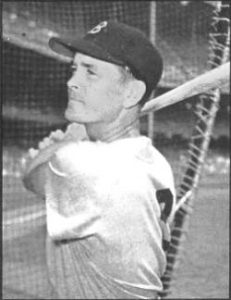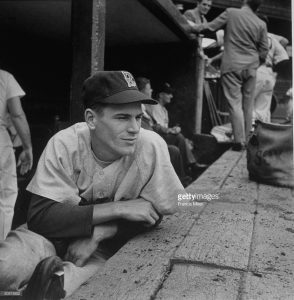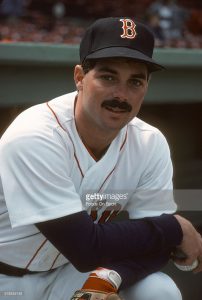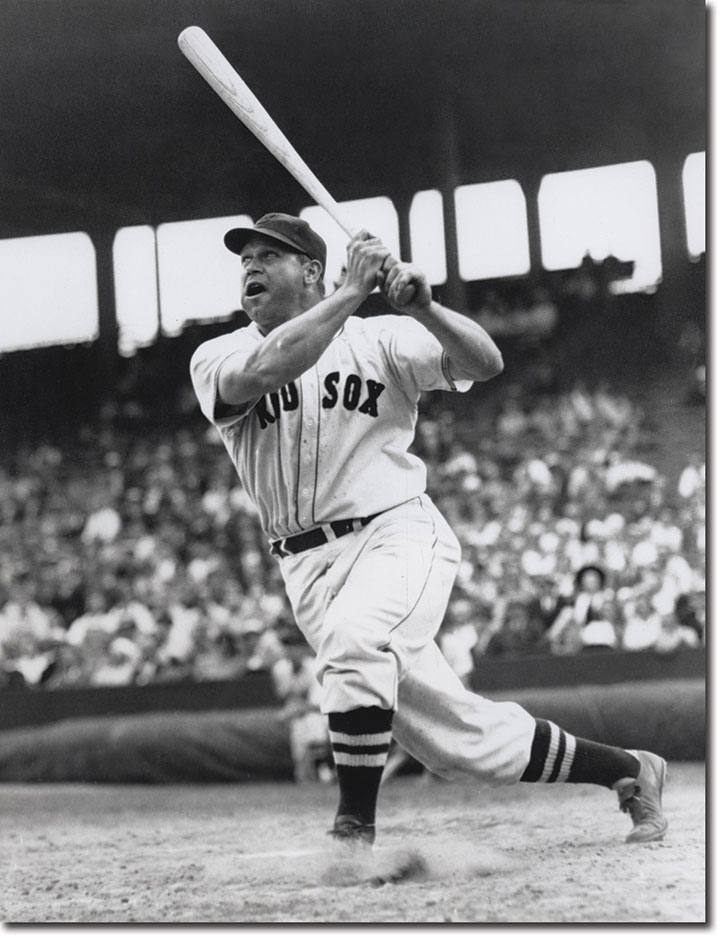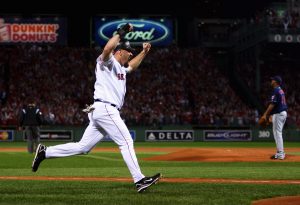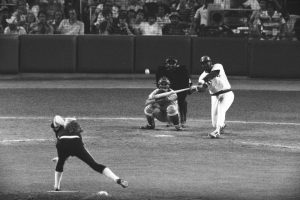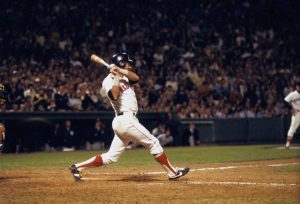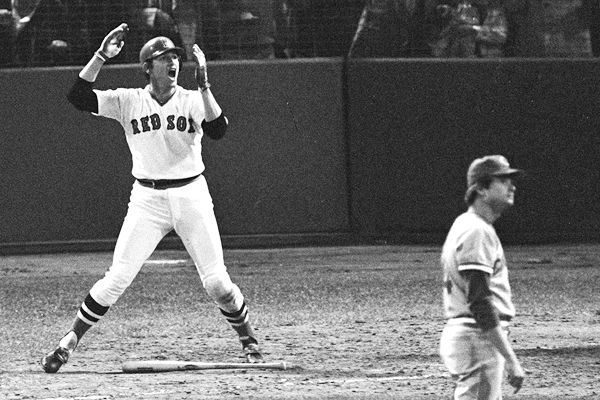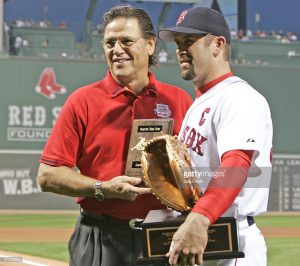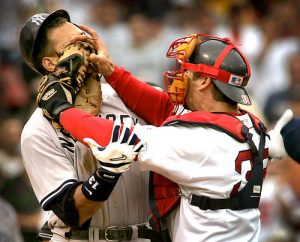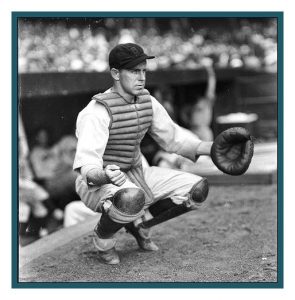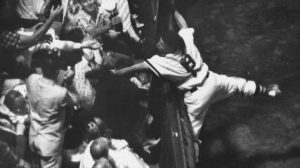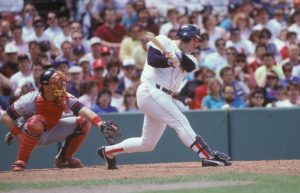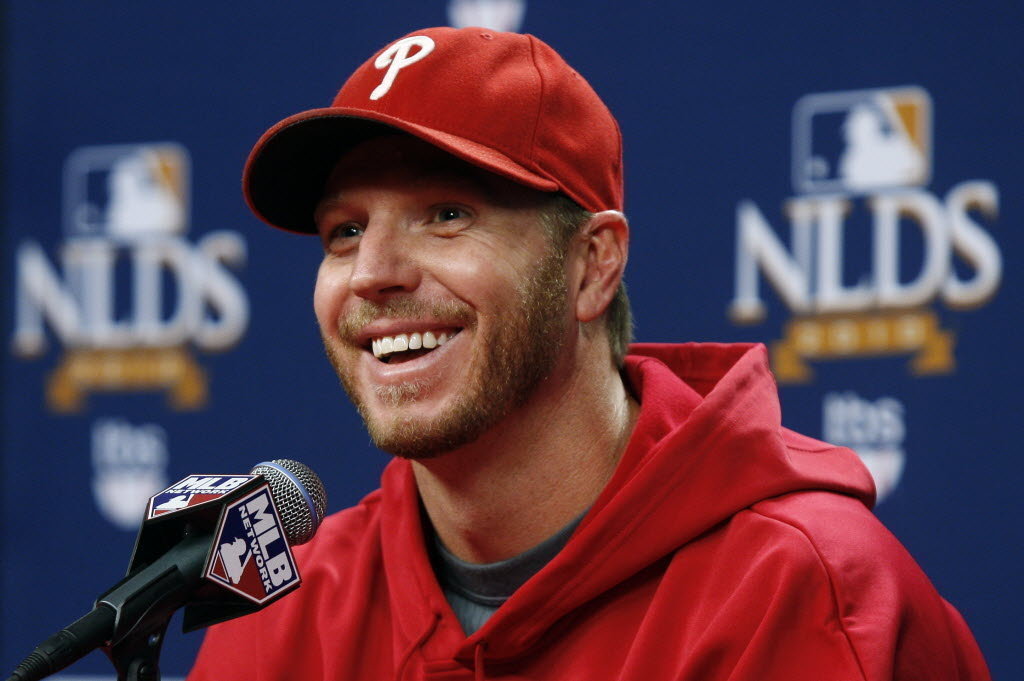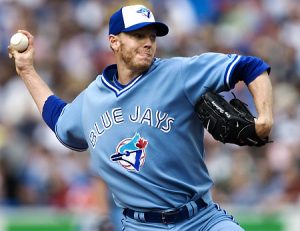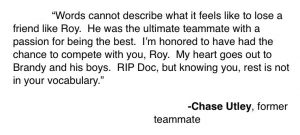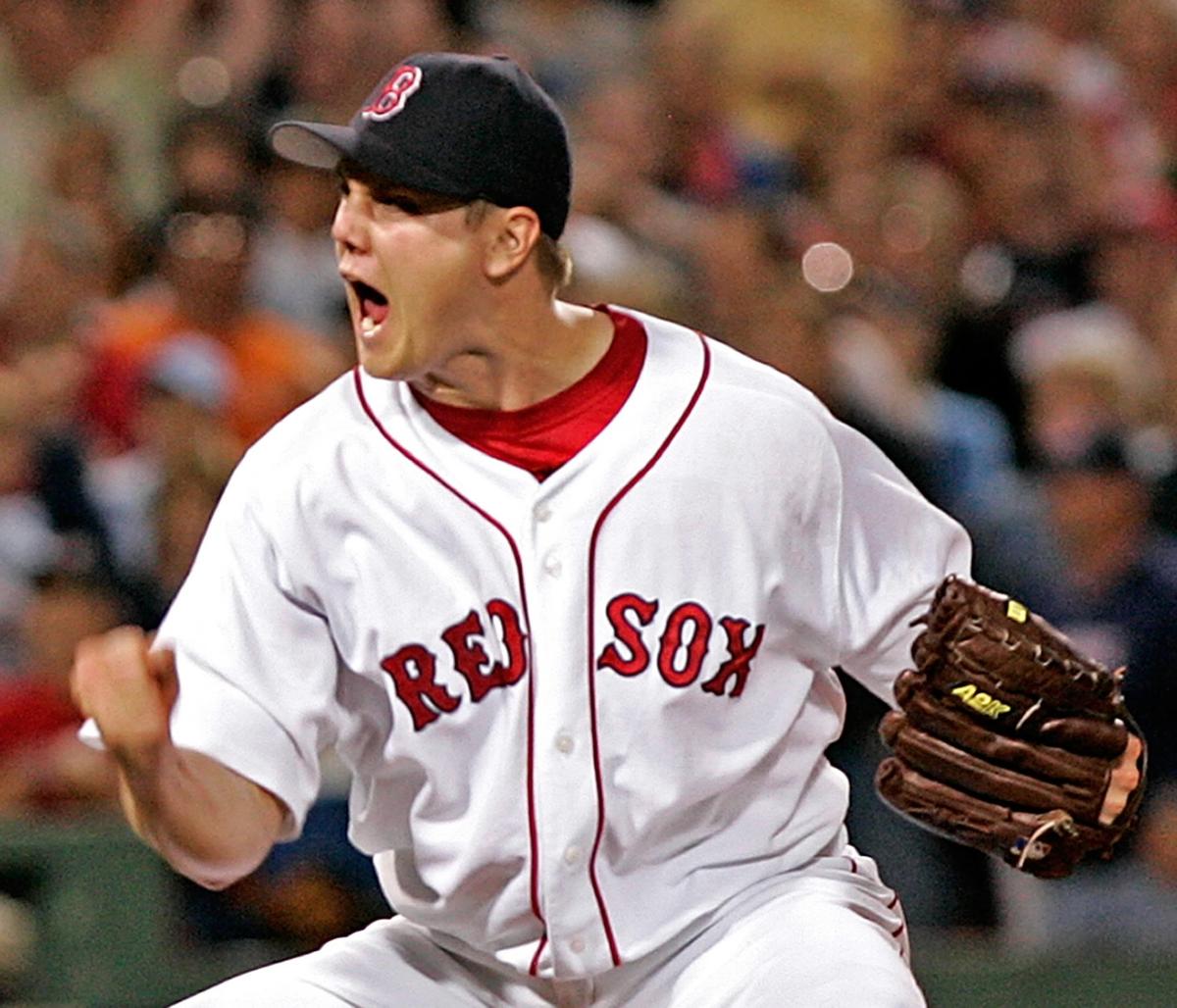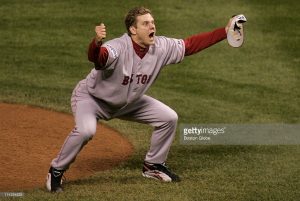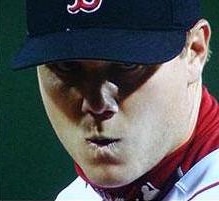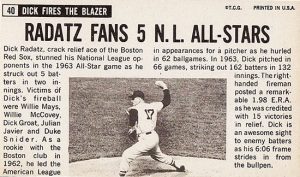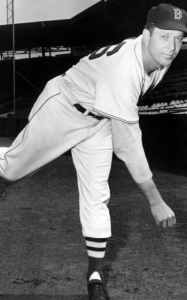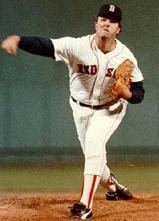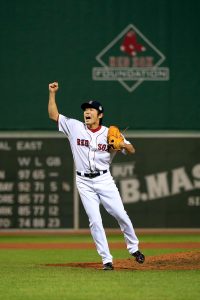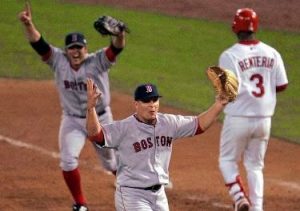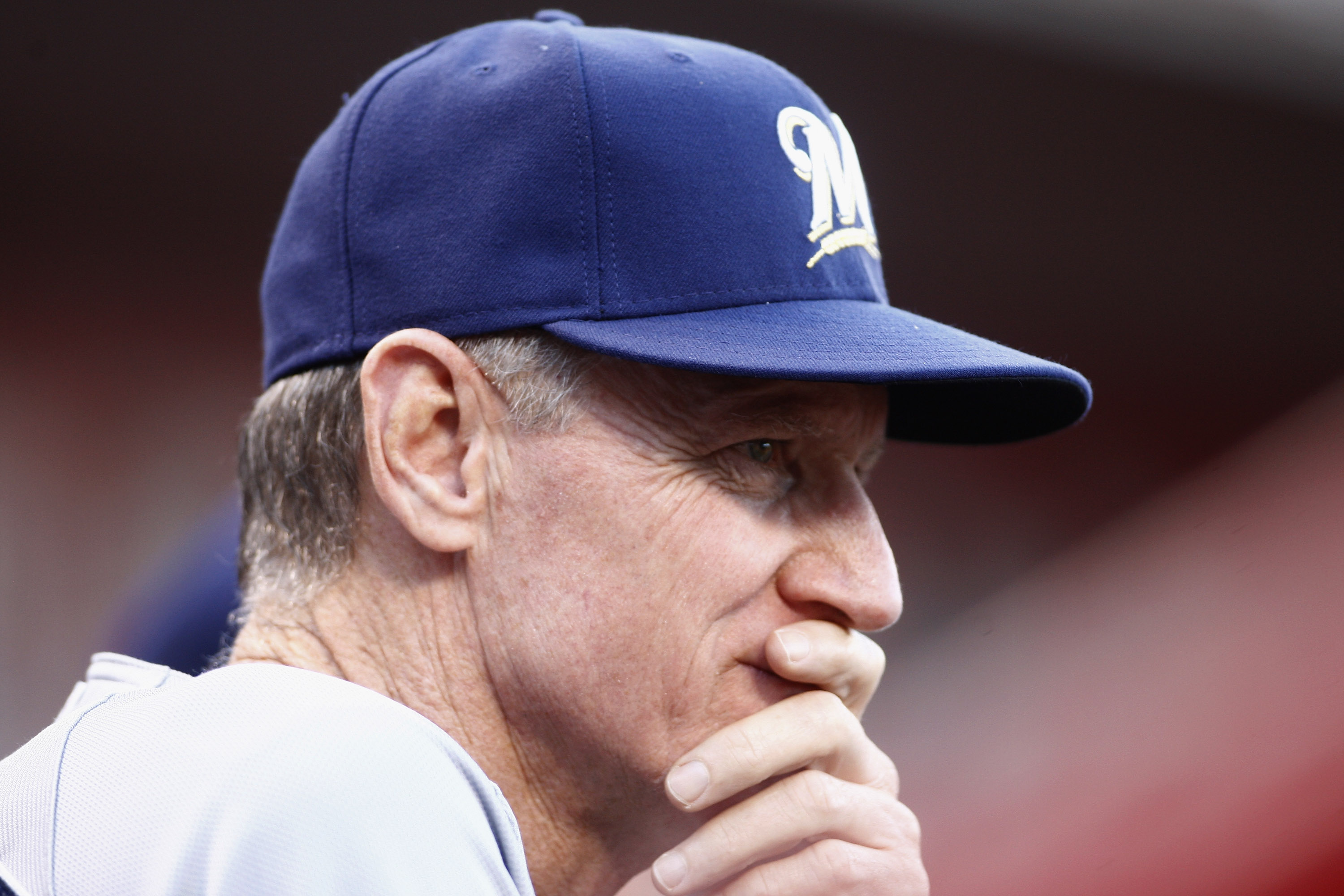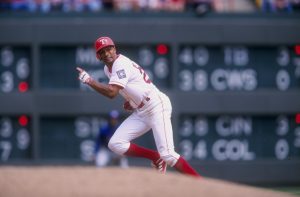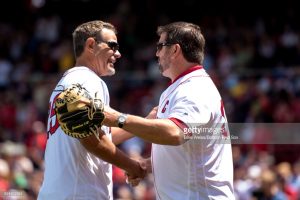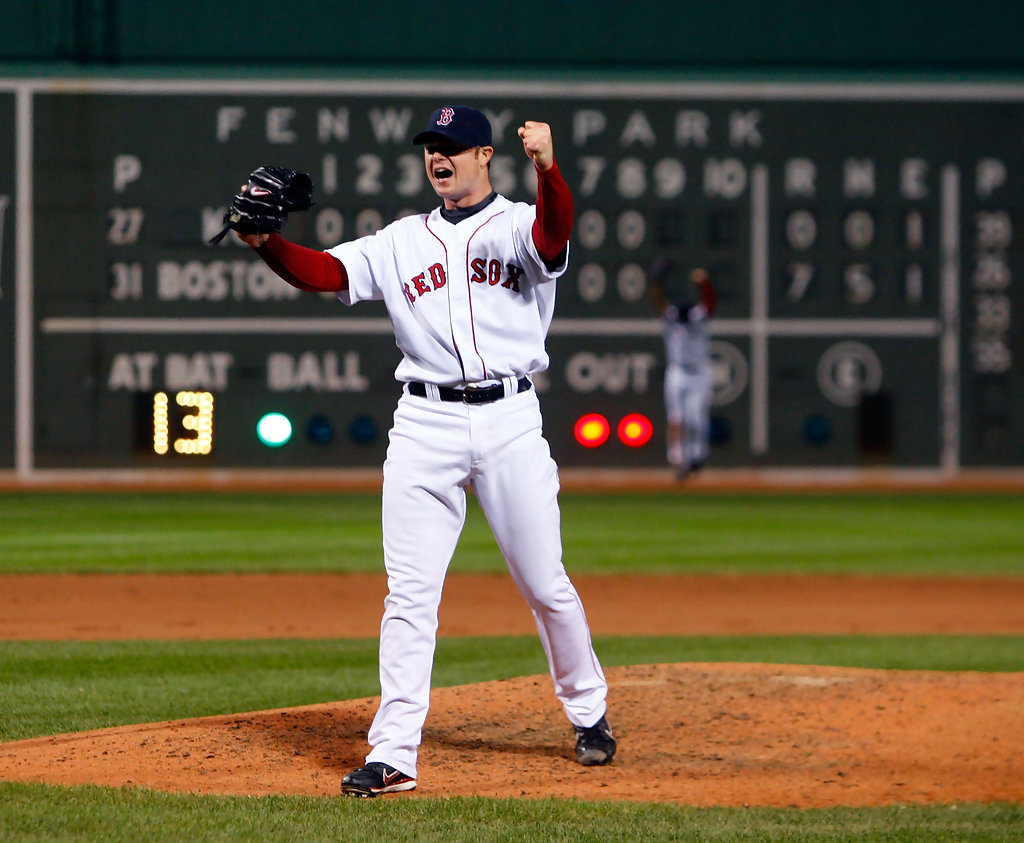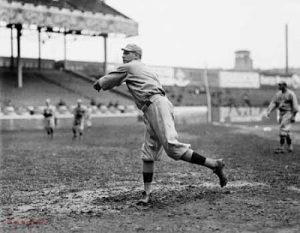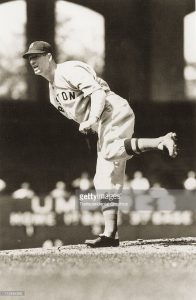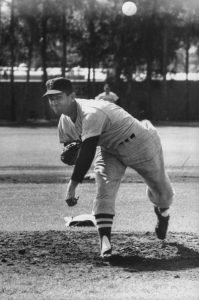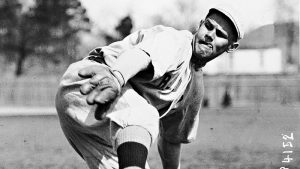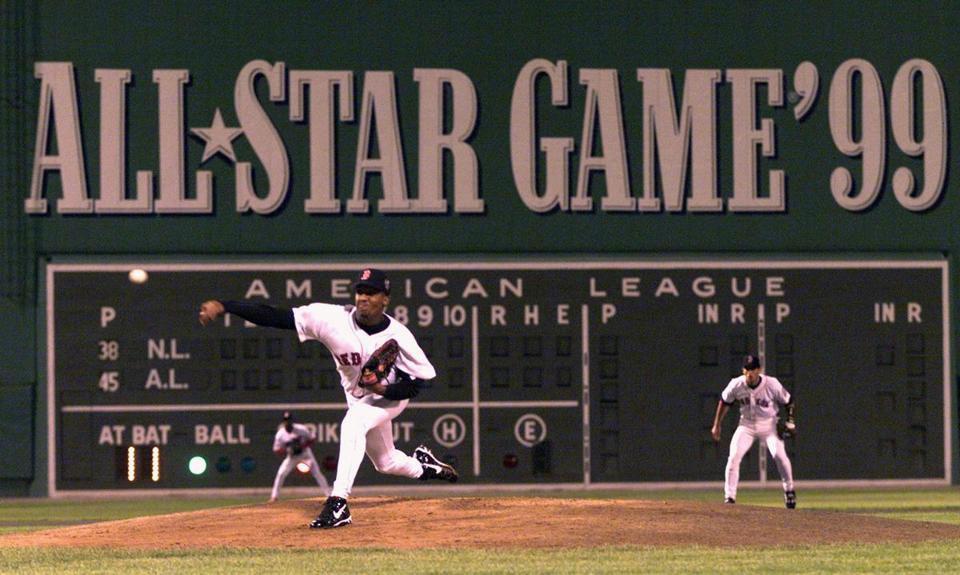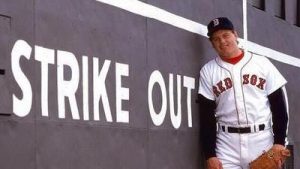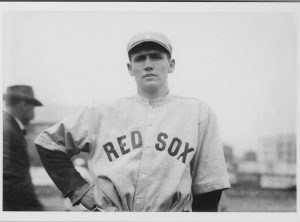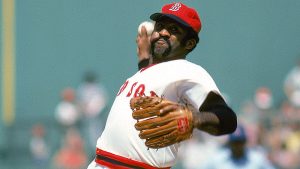The Baseball Writers Association of America (BBWAA) released their Hall of Fame ballot yesterday. Over the next few weeks, Boston Sports Extra will make our case for who should and who shouldn’t, as well as who will and who won’t get elected. This is a follow up to the article covering the pitchers.
A Messy Situation
The Hall of Fame process has become a messy situation in recent years. Thanks to the steroid era, the ballots have been overloaded with quality players. There is a disagreement on how known steroid users should be treated in the voting process. This trickles down to other players who played during the steroid era. Just being a power hitter during the 90’s is cause for a little scrutiny, fair or not. To those who were clean during this era, their numbers have been overshadowed by those who were juicing. Some writers will vote for steroid users or ones under suspicion, others will not. Thus, those players are stuck in purgatory, too many votes to fall off the ballot, not enough to gain election. This has an unfortunate side effect on other players.
Some very good players have been victims to this crowded ballot and failed to gain the 5% necessary vote to remain on the ballot. Kenny Lofton and Jim Edmonds are two names that come immediately to mind. They may not be Hall of Fame players, but they put up some very nice numbers, ones that deserved more consideration and argument. Due to the high number of players on the ballot and the Hall of Fame’s refusal to up the limit a writer can vote for from 10, these players fell off the ballot. There will be more ballot casualties in the future unless something is done to rectify the situation.
2018 Class of Hitters
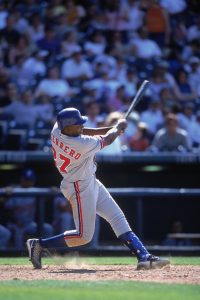
Vladimir Guerrero of the Montreal Expos. Mandatory Credit: Brian Bahr /Allsport
This year’s ballot features 19 hitters. Nine of these are holdovers from previous ballots after surpassing the necessary 5% of the vote. Vladimir Guerrero is the one most likely to join the Hall of Fame ranks this year after receiving 71.7% of the vote last year. Edgar Martinez, entering his final year on the ballot, might be the most interesting case this year. Barry Bonds, Manny Ramirez, Larry Walker, Fred McGriff, Jeff Kent, Gary Sheffield and Sammy Sosa also will appear on the ballot again.
The 10 newcomers are headlined by Chipper Jones and Jim Thome, who are likely headed for enshrinement. They are joined by Scott Rolen, Andruw Jones, Johnny Damon, Omar Vizquel, Orlando Hudson, Carlos Lee, Aubrey Huff, and Hideki Matsui.
| Rk | Name | YoB | % of Ballots | Yrs | R | H | HR | RBI | SB | ||||
|---|---|---|---|---|---|---|---|---|---|---|---|---|---|
| 2 | Vladimir Guerrero | 2nd | 71.7% | 16 | 1328 | 2590 | 449 | 1496 | 181 | .318 | .379 | .553 | .931 |
| 3 | Edgar Martinez | 9th | 58.6% | 18 | 1219 | 2247 | 309 | 1261 | 49 | .312 | .418 | .515 | .933 |
| 5 | Barry Bonds | 6th | 53.8% | 22 | 2227 | 2935 | 762 | 1996 | 514 | .298 | .444 | .607 | 1.051 |
| 8 | Manny Ramirez | 2nd | 23.8% | 19 | 1544 | 2574 | 555 | 1831 | 38 | .312 | .411 | .585 | .996 |
| 9 | Larry Walker | 8th | 21.9% | 17 | 1355 | 2160 | 383 | 1311 | 230 | .313 | .400 | .565 | .965 |
| 10 | Fred McGriff | 9th | 21.7% | 19 | 1349 | 2490 | 493 | 1550 | 72 | .284 | .377 | .509 | .886 |
| 11 | Jeff Kent | 5th | 16.7% | 17 | 1320 | 2461 | 377 | 1518 | 94 | .290 | .356 | .500 | .855 |
| 12 | Gary Sheffield | 4th | 13.3% | 22 | 1636 | 2689 | 509 | 1676 | 253 | .292 | .393 | .514 | .907 |
| 14 | Sammy Sosa | 6th | 8.6% | 18 | 1475 | 2408 | 609 | 1667 | 234 | .273 | .344 | .534 | .878 |
| 15 | Chipper Jones | 1st | 19 | 1619 | 2726 | 468 | 1623 | 150 | .303 | .401 | .529 | .930 | |
| 16 | Jim Thome | 1st | 22 | 1583 | 2328 | 612 | 1699 | 19 | .276 | .402 | .554 | .956 | |
| 17 | Scott Rolen | 1st | 17 | 1211 | 2077 | 316 | 1287 | 118 | .281 | .364 | .490 | .855 | |
| 18 | Andruw Jones | 1st | 17 | 1204 | 1933 | 434 | 1289 | 152 | .254 | .337 | .486 | .823 | |
| 20 | Johnny Damon | 1st | 18 | 1668 | 2769 | 235 | 1139 | 408 | .284 | .352 | .433 | .785 | |
| 23 | Omar Vizquel | 1st | 24 | 1445 | 2877 | 80 | 951 | 404 | .272 | .336 | .352 | .688 | |
| 26 | Orlando Hudson | 1st | 11 | 648 | 1319 | 93 | 542 | 85 | .273 | .341 | .412 | .752 | |
| 29 | Carlos Lee | 1st | 14 | 1125 | 2273 | 358 | 1363 | 125 | .285 | .339 | .483 | .821 | |
| 30 | Aubrey Huff | 1st | 13 | 806 | 1699 | 242 | 904 | 37 | .278 | .342 | .464 | .806 | |
| 31 | Hideki Matsui | 1st | 10 | 656 | 1253 | 175 | 760 | 13 | .282 | .360 | .462 | .822 |
The Holdovers
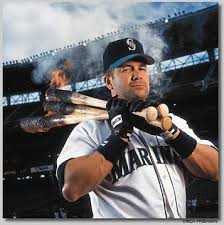
Edgar Martinez hit the ball so hard his bats caught on fire.
With Vlad likely to make the Hall of Fame this year, will any other holdovers join him? Edgar Martinez is getting some strong support entering his final season on the ballot. But can he make up 17% of the vote with several strong newcomers joining the ballot? There are a lot of worthy names to vote for. How much more support will known steroid users receive? Barry Bonds’ vote totals have been creeping up, while Manny Ramirez is receiving less than one quarter of the vote. Sammy Sosa looks to be in danger of fading off the ballot after garnering less than 10% of the vote last year.
Joining them are players being overshadowed by their era and pushed out by a crowded ballot. Fred McGriff, who I plan on covering more extensively later, is a long ways off from enshrinement. Jeff Kent fits in the same boat, the all-time home run leader as a second baseman finished with less than 20% of the vote last year. Meanwhile, Larry Walker’s big numbers have been tainted by “The Coors Effect” as much as steroid users numbers have been tainted. Worthy or not, none of them look like they will be joining the ranks anytime soon.
The Newcomers
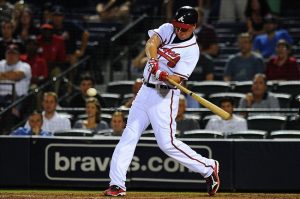
Chipper had a swing of beauty.
As mentioned earlier, Chipper Jones and Jim Thome will almost certainly be voted in. Who else can we expect to see join them among the newcomers? My guess would be no one this year. I have already covered three likely to be voted in this year. With Edgar Martinez garnering a strong push, he seems to be the most likely to make it if a fourth joins the group. That doesn’t leave room for anyone else. But, that doesn’t mean some of these names won’t make it at a later date.
Scott Rolen will gather some support. However, he fought injuries for a lot of his career, leaving his enshrinement with a lot of question marks. Andruw Jones looked like a sure thing after a decade in the league. Jones was the best defensive center fielder in the league for a stretch and was hitting 30+ homers a season. Then he decided he liked food a little more than being a great ballplayer. The new age “statistics” do not favor Omar Vizquel, but he was the best defender of his generation at a premium position. Not only that, he only fell 123 hits shy of 3000. Vizquel should have a case down the road.
The others first appearing on the ballot don’t seem to have any shot. Johnny Damon is the only other name who might attract a few votes after piling up over 2700 career hits. Orlando Hudson, Carlos Lee, Aubrey Huff and Hideki Matsui, although fine players, fall well short of Hall of Fame consideration.
